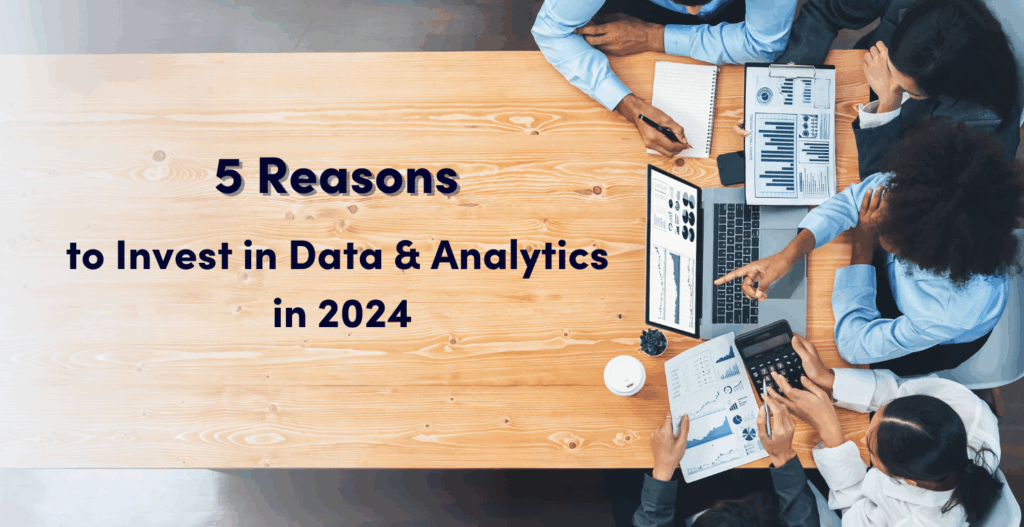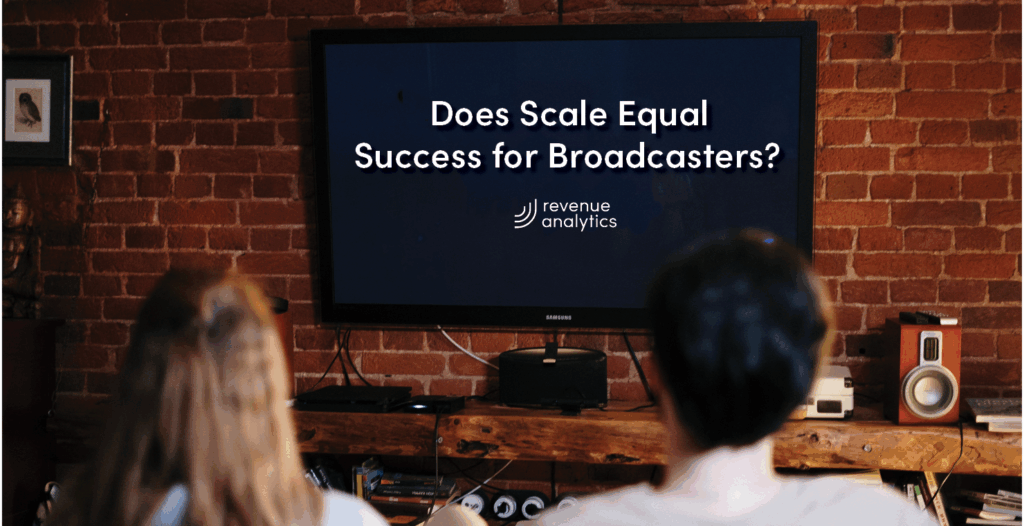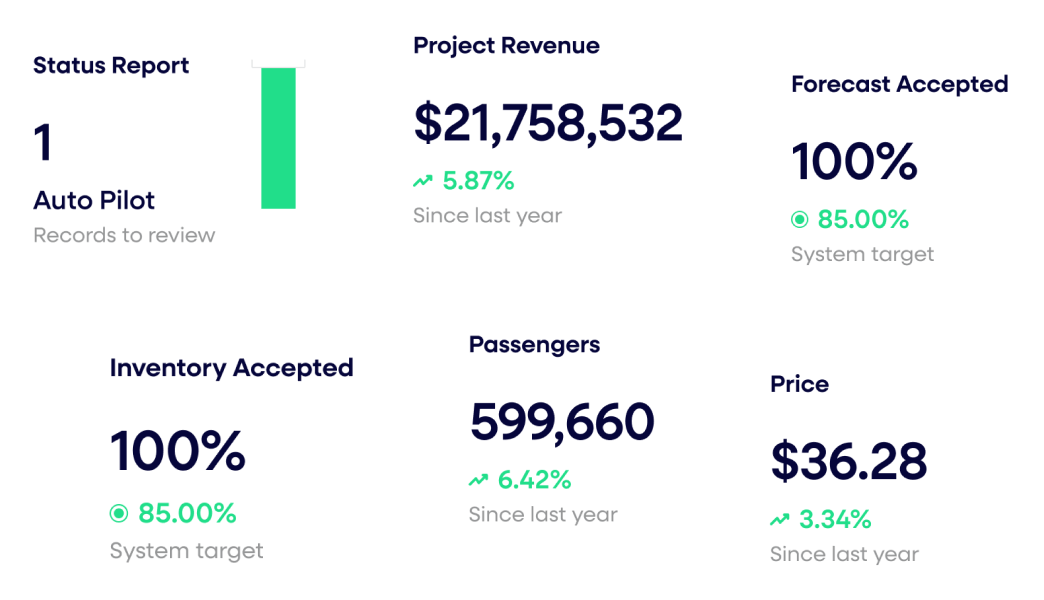4 Winning Strategies for Any Year, Even 2020

“If all the economists were laid end to end, they still would not reach a conclusion.”
—George Bernard Shaw
Most economists are predicting a slowdown in 2020. Some are even expecting a recession. Other economists see global growth lifting as clouds over the economy, such as trade wars, dissipate and emerging markets resume growth. Virtually all agree that we are entering a precarious economic situation which could go either way.
Given this uncertainty, we’d like to share a few indisputable strategies which would deliver wins no matter what hand the economic gods deal in 2020.
Leverage your content to achieve stronger revenue outcomes
1. Monetize Brand Value.
Over the past year, dozens of books and hundreds of articles have been written on creating brand value. Companies spend billions on branding and promoting themselves. Most companies assume that if they create value for the customer and can differentiate their offering, they will get what they deserve. This is not the case.
Value creation is about getting into the heads of customers. Value monetization is about getting into their wallets! Monetization occurs when your branding efforts acquire new customers or existing customers pay a premium for the brand.
The key to monetization is precision pricing to discrete customer segments. Predicting how customers will respond to price, and pricing accordingly, assures market penetration as well as value extraction. This requires sophisticated technology.
2. Leverage Technology for Competitive Advantage.
Insights from analytics is so last decade. Baseline analytics about historical market performance, customer behavior, or trends are only table stakes in an increasingly competitive game. Companies without those capabilities are already falling behind.
Predictive analytics is an advanced form of analysis which makes predictions about future outcomes. Predictive analytics goes beyond descriptive analytics by using statistical algorithms such as machine learning and artificial intelligence to give insight into future activity, behavior, and trends.
Consider the following questions. If we raise prices five percent, what happens to demand? Is there a price point at which we can gain market share while remaining profitable? How will our customers respond differently by region or product over time?
Predicting customer behavior will give you a competitive advantage over those who are looking for insights solely from past data.
Industry leaders are also increasingly using prescriptive analytics which not only predict the future, but also apply sophisticated algorithms to plot a course of action. Predictive analytics gives insights into the future; prescriptive analytics can give you guidance as to what you should do.
Again, ask yourself these questions. How should we respond to a competitor’s move? What is the perfect price point at which we optimize both volume and margin? How does that price point move dynamically for each product in our portfolio?
A balanced attack of descriptive, predictive, and prescriptive analytics will create a sustainable competitive advantage.
3. Reduce Employee Burnout.
According to a recent Gallup survey, almost two-thirds of employees experience burnout at some point. Burned-out employees are less productive and more likely to leave the company.
One of the primary causes of burnout is an unmanageable workload of thankless and menial tasks. Many of these tasks, such as compiling data for analysis or performing scenario-modelling, may be essential to success, but they are often time-consuming, repetitive, and boring.
“Baseline analytics about historical market performance, customer behavior, or trends are only table stakes in an increasingly competitive game. Companies without those capabilities are already falling behind.”
Leading companies leverage technology to minimize those unnecessary, burdensome tasks. In addition to creating competitive advantage, systems which employ predictive and prescriptive analytics can perform repetitive, tactical tasks, thus leaving the more challenging and rewarding strategic decisions for human involvement.
Humans are best at devising strategies; advanced computer technology should be employed for executing them.
4. Put it in the Cloud.
Cloud computing offers scalable raw computing power available on demand. It’s been proven to reduce the time to implement solutions, and time-to-solution is a key factor for success in a rapidly evolving competitive marketplace.
Leveraging the cloud lets companies gain new capabilities without investing in hardware or software. Cloud applications free up precious—and expensive—IT resources to perform a company’s mission critical tasks.
Moreover, cloud-based applications can take advantage of autoscaling to do more, faster, requiring less computing capacity. For example, we’ve developed a cloud-based system that spools-up, and then releases, hundreds of servers, which generate millions of forecasts in a matter of minutes.
I leave you with this from one of the New York Yankees greatest, Yogi Berra, “The future ain’t what it used to be.” But, no matter what the future holds, a disciplined execution of these unassailable strategies will assure a successful 2020.
Last updated on August 20, 2025






